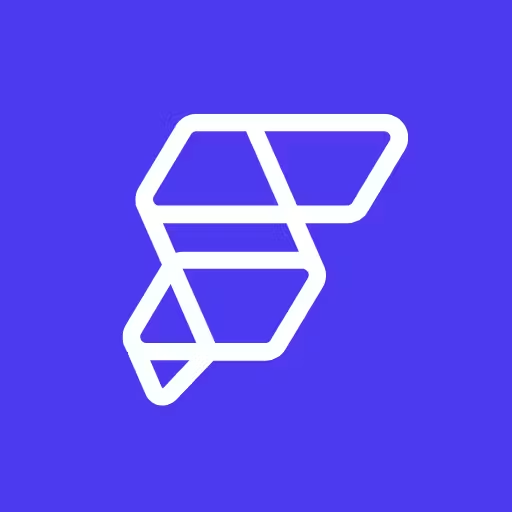
Integrate FlutterFlow and JSON
Connect FlutterFlow and JSON nodes in your workflow. Integrate with any tool or database and ship powerful backend logic and APIs instantly - No code required!
Node stack
Supported FlutterFlow and JSON Nodes
Add any other tools or your preferred database nodes. If an integration is not available generate your own using AI

OpenAI Assistant (Stream Response to Firestore)
Build AI Assistant for FlutterFlow apps with Firestore for streaming responses realtime. Add tools and data sources and start chatting with your Assistant.

OpenAI Assistant (Stream Response to Supabase)
Build AI Assistant for FlutterFlow apps with Supabase for streaming responses realtime. Add tools and data sources and start chatting with your Assistant.

Push Notification
Creates a document in the ff_push_notifications collection of your project which sends a push notification to the specified user

Append Array to JSON File
Appends an array of objects to a JSON file. If the file or folder path doesn't exist, it creates it

Concat Property Values
Extracts and concatenates specific property values from an array within a JSON object and returns the concatenated string.

Extract & Join By Key
Extracts a specific key from each object within the array and concatenates the values into a single string.

Is Valid JSON
Check if a given string is valid JSON

JSON to CSV
Creates a CSV file from an array of JSON objects, stores it in the GCP Storage Bucket, and returns the public download URL.

Parse JSON
Converts a JSON string back into a JavaScript object

Stringify JSON
Convert a JSON object to a string
Quick start
How to integrate FlutterFlow and JSON
Step 1 — Add the nodes to your workflow
Create a new workflow in BuildShip, click “Add node”, and select the FlutterFlow and JSON actions you want to use.
Step 2 — Configure each node
Go to each node to authenticate (or add your API key) and fill in the required parameters.
Step 3 — Connect the nodes
Each node in BuildShip can connect to others by using their output variables. When you reference a variable from one node in another, BuildShip automatically links them in the workflow.
Step 4 — Test your workflow
Define your starting data in the Inputs node and choose what to do with the result in the Flow Output node. Finally, run a test to see your workflow in action.
blog posts & tutorials
Recommended Reads
Below are recommneded blogs that will help in your journey
support
Need Help?
Here are some helpful resources to get you "unstuck"
Join BuildShip Community ->
An active and large community of no-code / low-code builders. Ask questions, share feedback, showcase your project and connect with other BuildShip enthusiasts.
Hire a BuildShip Expert ->
Need personalized help to build your product fast? Browse and hire from a range of independent freelancers, agencies and builders - all well versed with BuildShip.
Send a Support Request ->
Got a specific question on your workflows / project or want to report a bug? Send a us a request using the "Support" button directly from your BuildShip Dashboard.
Feature Request ->
Something missing in BuildShip for you? Share on the #FeatureRequest channel on Discord. Also browse and cast your votes on other feature requests.






